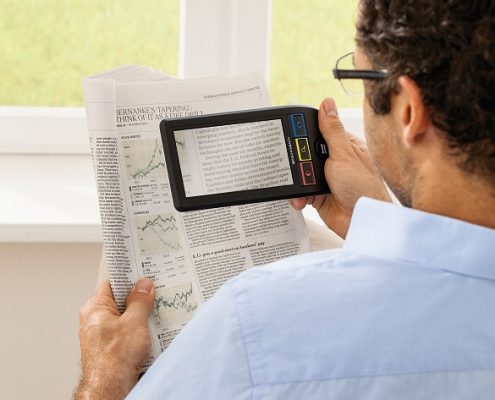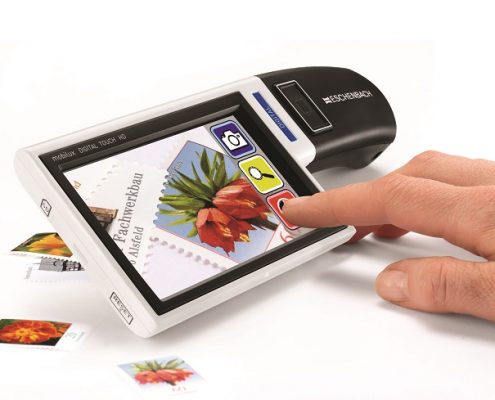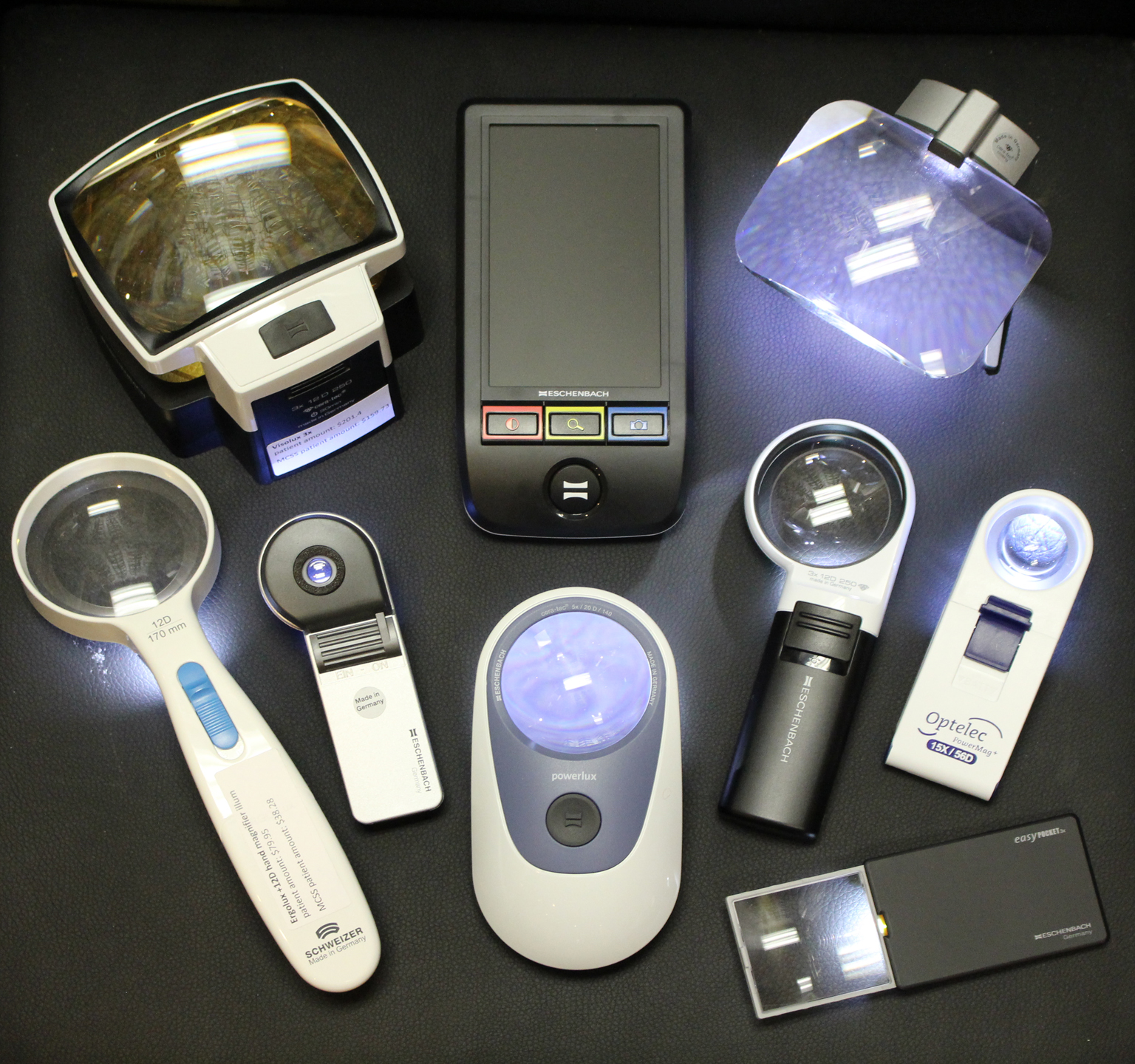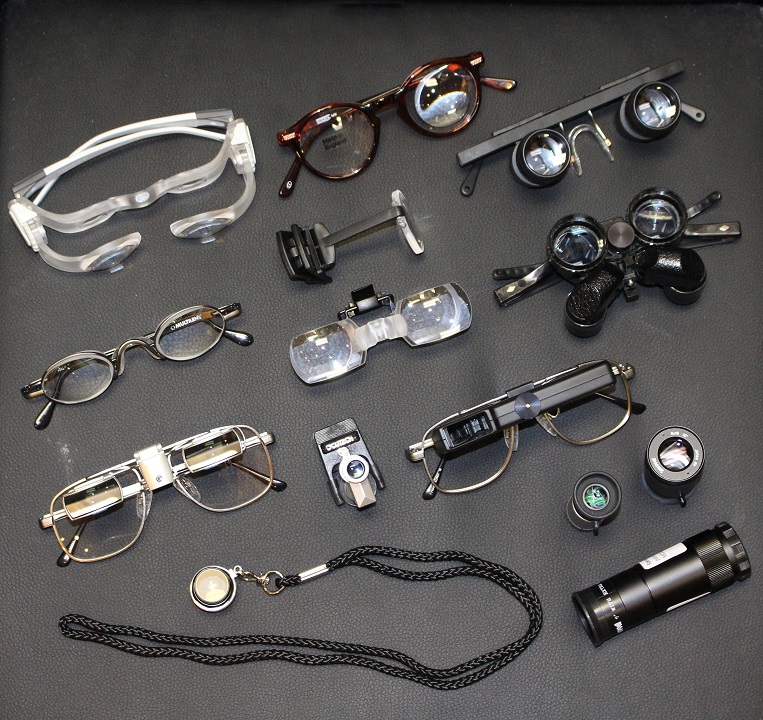Appointment Fees
Your visit is not covered by the Ontario Health Insurance Plan (OHIP).
If you are receiving benefits through certain government programs, you may be eligible to have your appointment
partially or fully covered.
These programs include:
• Ontario Disability Support Program
• Ontario Works
• Assistance to Children with Severe Disabilities
• Veteran’s Affairs of Canada
• First Nations and Inuit Health Branch
• Workplace Safety and Insurance Board
To obtain coverage through these programs, it must be preapproved for the day of the appointment. If you need our asistance in obtaining coverage for the examination, please inform us. Private vision care plans may also provide coverage.
Assistive Devices Program
If you qualify, you may be eligible to have some or all of the cost covered by the Ontario Assistive Devices Program. Learn more






